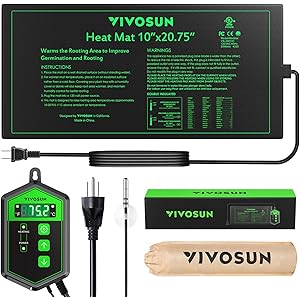Understanding Pest Control and Management
Pest control and management refer to the strategies and practices employed to manage and eliminate pests that threaten homes and gardens. This encompasses a variety of methods, including biological, chemical, and physical approaches, aimed at maintaining a healthy living environment. Effective pest control is essential not only for protecting property but also for ensuring the safety and well-being of inhabitants.
Types of Pests
Pests can be broadly categorized into several types, including insects, rodents, and weeds. Insects such as ants, termites, and cockroaches can cause significant damage to structures and pose health risks. Rodents, including mice and rats, are notorious for contaminating food supplies and spreading diseases. Weeds, while not pests in the traditional sense, can compete with desirable plants for nutrients and water, making effective management crucial in gardens.
Integrated Pest Management (IPM)
Integrated Pest Management (IPM) is a holistic approach to pest control that combines multiple strategies to minimize pest populations while reducing risks to human health and the environment. IPM emphasizes monitoring pest populations, identifying pest species, and implementing control measures that are environmentally friendly. This approach often includes cultural, mechanical, biological, and chemical methods, ensuring a comprehensive strategy for pest management.
Biological Pest Control
Biological pest control involves the use of natural predators or parasites to manage pest populations. This method is often seen as a sustainable alternative to chemical pesticides. For example, introducing ladybugs can help control aphid populations, while nematodes can target soil-dwelling pests. By harnessing nature’s own mechanisms, biological control can effectively reduce pest numbers without harming the ecosystem.
Chemical Pest Control
Chemical pest control involves the application of pesticides to eliminate pests. While this method can be highly effective, it also raises concerns about environmental impact and human health. It is crucial to choose the right pesticide and apply it according to label instructions to minimize risks. Additionally, integrating chemical control with other methods, such as IPM, can enhance effectiveness while reducing reliance on chemicals.
Physical Pest Control Methods
Physical pest control methods include barriers, traps, and manual removal to manage pest populations. Installing screens on windows and doors can prevent insects from entering homes, while traps can capture rodents and other pests. Manual removal, such as hand-picking pests from plants, is another effective strategy, particularly in smaller gardens. These methods are often low-cost and environmentally friendly.
Preventive Measures in Pest Management
Preventive measures play a crucial role in pest control and management. Regular maintenance of gardens and homes, such as sealing cracks, removing debris, and maintaining proper sanitation, can significantly reduce the likelihood of pest infestations. Additionally, choosing pest-resistant plants and implementing crop rotation in gardens can help prevent pest problems before they start.
Monitoring and Assessment
Monitoring and assessment are vital components of effective pest control and management. Regularly inspecting plants, structures, and surrounding areas for signs of pests can help identify problems early. Utilizing traps and visual inspections allows homeowners and gardeners to assess pest populations and determine the most appropriate control measures. Keeping detailed records of pest sightings can also inform future management strategies.
Choosing a Pest Control Professional
When faced with a significant pest problem, hiring a pest control professional may be necessary. It is essential to choose a licensed and experienced pest control service that employs integrated pest management techniques. Homeowners should inquire about the methods used, safety precautions, and any potential impact on the environment. A reputable professional will provide a thorough assessment and tailored solutions for effective pest management.
Regulations and Safety in Pest Control
Understanding regulations and safety guidelines is crucial in pest control and management. Many regions have specific laws governing the use of pesticides and other pest control methods. Homeowners should familiarize themselves with these regulations to ensure compliance and safety. Additionally, following safety precautions when applying pesticides, such as wearing protective gear and ensuring proper ventilation, is essential to minimize health risks.

